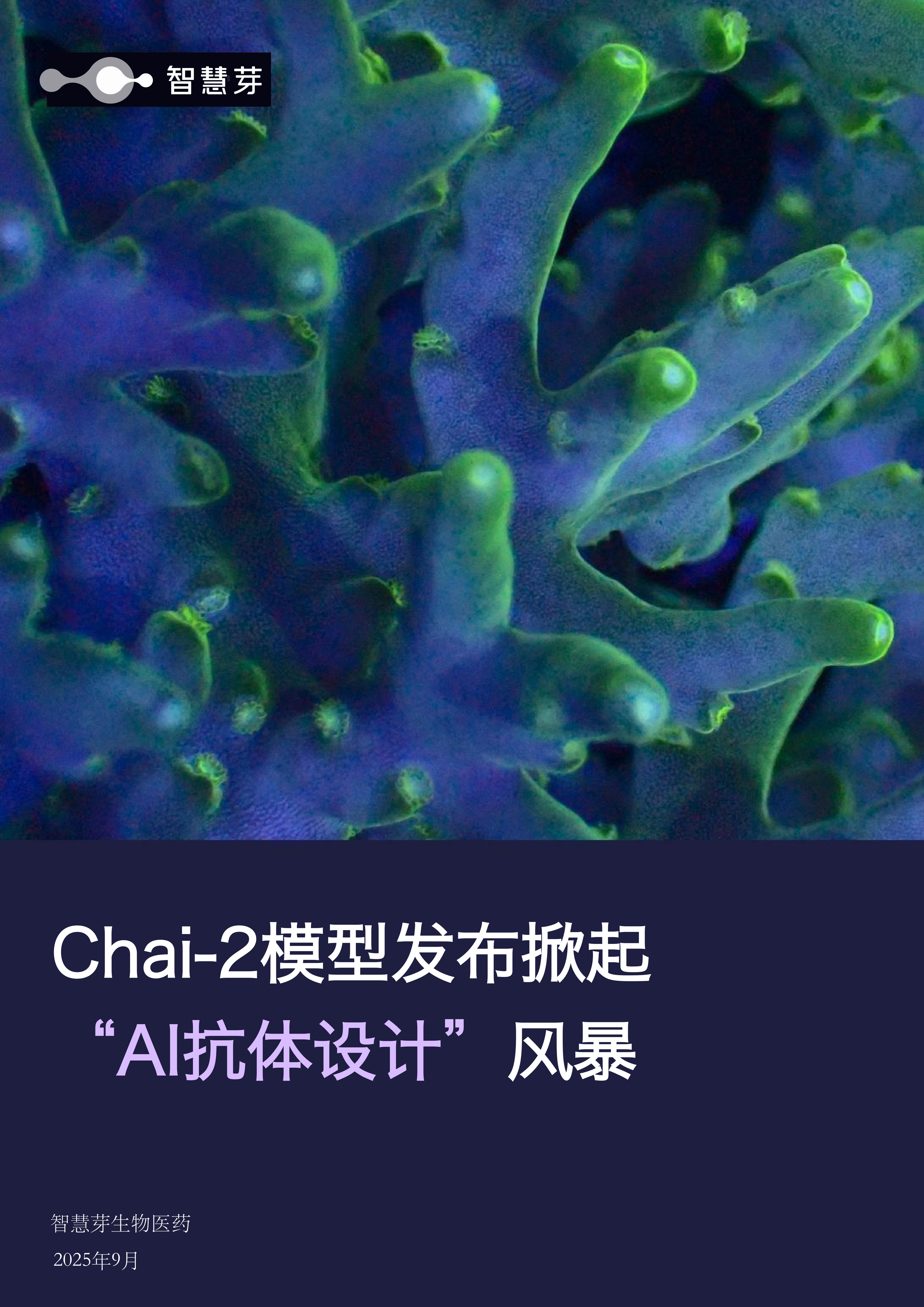预约演示
Oxurion plans bankruptcy filing as phase 2 eye disease failure evaporates remaining optimism
2023-11-20
临床2期临床结果财报临床失败
Oxurion has decided to “take the necessary steps to file for bankruptcy.”
Oxurion’s vision was just a mirage. The last program standing in what was once a three-front attack on eye diseases failed Monday, prompting the Belgian biotech to start preparing to file for bankruptcy.
Oxurional domino to fall is THR-149, a plasma kallikrein inhibitor that Oxurion identified as a potentieye diseases for patients with diabetic macular edema (DME) who respond suboptimally to anti-VEGF therapy. To put that idea to the test, Oxurion randomized 112 DME patients to receive either THR-149 or Bayer and Regeneron's anti-VEGF drug Eylea in the phase 2 trial.
THR-149 failed to improve viTHR-149 mucplasma kallikrein inhibitorplasma kallikreinthree months. OnOxuriondard eye test, the mean change from baseline in the THRdiabetic macular edema (DME), compared to +3.5 letters in the VEGFa arm.OxurionDMETHR-149BayerRegeneronVEGFEylea
THR-149lure looks set to be the last major aEylea the story of Oxurion. The biotech’s R&D pipeline and cash reserves have thinned iTHR-149t years, with the failure of two other DME candidates, anti-PlGF antibody THR-317 and pan RGD integrin antagonist THR-687, being accompanied by the decline of its bank balance. Oxurion ended (PDF) June with 2.2 million euros ($2.4 million) in cash and equivalents.
ThromboGenics worked on treatments for cardiovascular coOxurions, eye diseases and cancer. Novartis picked up rights to one of its candidates in 2012. The eye disease drug came to market as Jetrea the next year but underwhelmed commercially, leading Novartis to scrap theThromboGenics2017. ThromboGenics changed its name to Oxurion the following year.
更多内容,请访问原始网站
文中所述内容并不反映新药情报库及其所属公司任何意见及观点,如有版权侵扰或错误之处,请及时联系我们,我们会在24小时内配合处理。
Eureka LS:
全新生物医药AI Agent 覆盖科研全链路,让突破性发现快人一步
立即开始免费试用!
智慧芽新药情报库是智慧芽专为生命科学人士构建的基于AI的创新药情报平台,助您全方位提升您的研发与决策效率。
立即开始数据试用!
智慧芽新药库数据也通过智慧芽数据服务平台,以API或者数据包形式对外开放,助您更加充分利用智慧芽新药情报信息。





